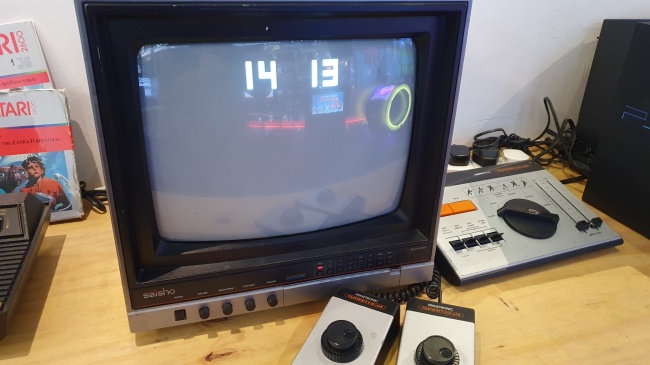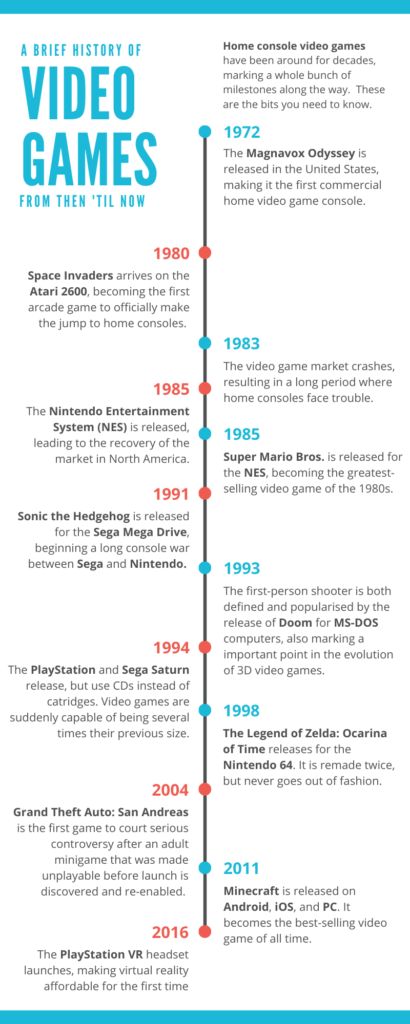Despite the decades that have passed since their inception, there are a dedicated group of enthusiasts that will never let their favourite games be a memory.
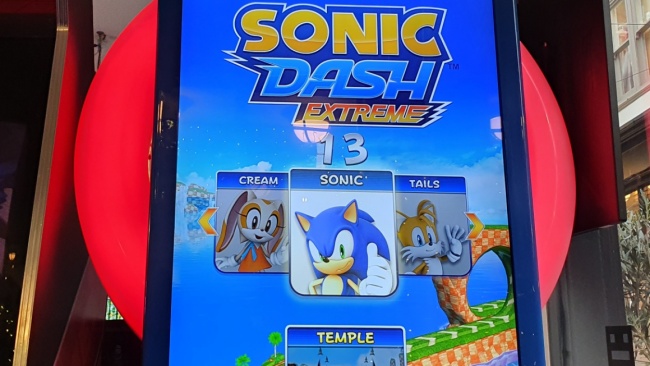
It has a rating of sixty-five percent on Rotten Tomatoes, an online aggregator of film reviews. The Guardian gave it two stars out of five, while The Mirror was much more lenient with four, even if it suggested that it was only good for keeping the kids entertained.
Whatever your opinion, though, one thing is abundantly clear: with $125.6 billion raked in so far, the Sonic the Hedgehog movie has been an incredible success.
“Sonic’s had some terrible games over the years, but people still love Sonic,” says Chris, 42, owner of a multi-story complex dedicated to retro gaming, “I guess they don’t really create characters any more in games.”

Some people may say that it’s a work of art only lovers of the franchise can truly appreciate, while some fans may not be satisfied by even this. Regardless, the film’s weekend at the box office sends a clear signal that old and bold video games still have a place in the world.
On 23 June 1991, Sonic the Hedgehog first saw the light of day. Its creators, the gaming giant Sega, wanted something that would give them a mascot to parade around. The result was a unique, brand new kind of title for the company’s Sega Genesis home console.
The gameplay was like nothing that had been seen before. Sonic, an anthropomorphic, cartoon hedgehog, moved through his world with such incredible speed and agility, doing loop-de-loops mid-air and dashing past his enemies. Maybe that’s why he’s remembered.
.embed-container { position: relative; padding-bottom: 56.25%; height: 0; overflow: hidden; max-width: 100%; } .embed-container iframe, .embed-container object, .embed-container embed { position: absolute; top: 0; left: 0; width: 100%; height: 100%; }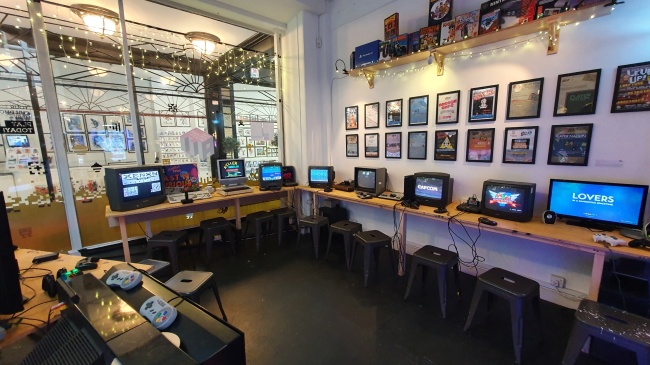
“It’s the same reason why we’ve got retro clothes shops and retro video games around,” says Chris. “People are thriving off nostalgia at the moment and other people are capitalising off it. Ghostbusters is a good example of people capitalising off nostalgia. Everyone remembers those films fondly, so why not Sonic games, why not other things?”
Every now and again, Sonic and his friends exercise their friendly rivalry with Mario and his own ensemble in a series of Olympic-Games-themed crossovers. Mario’s origin goes back even further than Sonic’s, dating back to arcade game Donkey Kong in 1981.
Still, Mario’s nostalgic hold on the global games market is absolutely untouchable, given that it is one of the most successful and longlasting franchises in video gaming. The last big game in the series, Super Mario Odyssey, made waves all around (and not just because it featured the main character in swimming trunks for the first time).
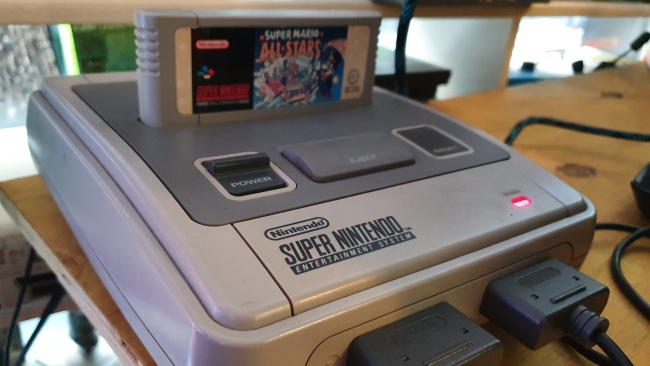
“I think retro gaming is about people reliving the games and consoles of their younger days. It’s subjective, you’ll get a lot of people who’ll argue about it,” says Chris, who believes that what’s considered old enough to be retro depends on the person.
He firmly states that retro is on the rise, which is what has allowed him to open up a venue based around charging customers a fixed fee to play games from all eras, all day long.
“The way older games are made is very different to the way newer games are made. I think a lot of games were made with gameplay in mind because there weren’t drivers, graphics and all these other fancy-looking things.”
“They have withstood the test of time because they were made to be playable. There was also a lot of stuff that wasn’t around back then – the types of games that didn’t exist, that were pioneered. They were the first of their kind, your Donkey Kongs and your platformers like Mario and Sonic.”
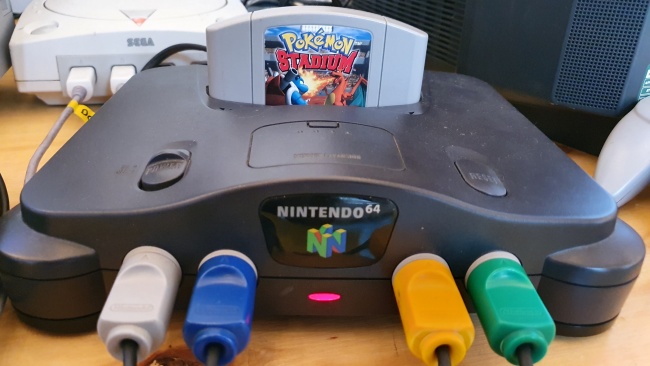
There are still new kinds of games being developed, Chris says, such as virtual reality and battle royale games. He doubts that all these titles will be looked back on as fondly as current retro favourites but doesn’t discount the idea entirely.
“In forty years’ time, it’ll be the Fortnite movie or the God of War movie, something like that. It’s cyclical,” he says.
This will be difficult, given that modern-day video game enthusiasts still consistently put releases from the end of the last century at the tops of their lists.
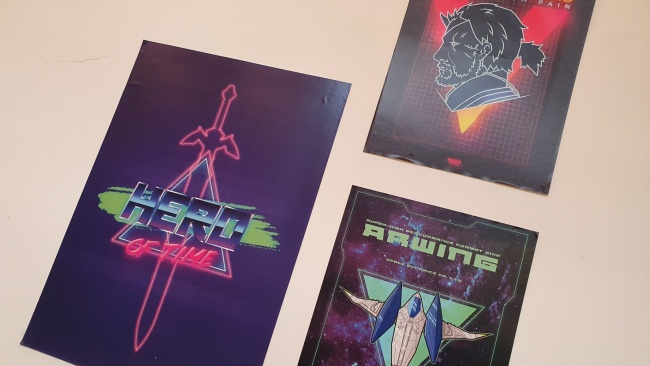
Kasim, 16, has an undying love for The Legend of Zelda: Ocarina of Time, a game which released for the Nintendo 64 in 1998 and is generally regarded as one of the greatest of all time. He’s one of Chris’ younger customers.
“It was the first game I ever got on the Nintendo 64 – and the Nintendo 64 was the first console I got as well,” says Kasim, “It was a gift from my cousins and it was really hard. I never finished it because I was too young at the time.”
Ocarina of Time is just one piece in another longstanding series, the Zelda franchise, which Kasim has kept up with in later life. The newest instalment, Breath of the Wild, was the first game he got for his Nintendo Switch, the latest console in its line.
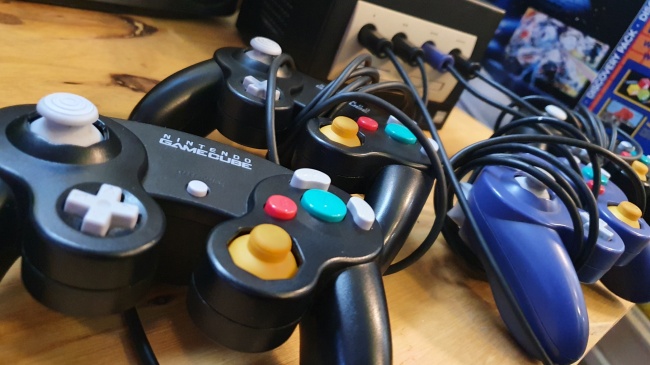
Even now, the minds behind the scenes at Nintendo headquarters are masterminding the next game in the series, a sequel to Breath of the Wild. It’s only been a few years, yet there was surely no need to wait and see how the game was received in the first place. The company’s fans are loyal and Nintendo produces games that are loved universally.
So, what remains for the Sonics and Zeldas of the gaming world?
Time will only tell, but with the money Sega are making this week, we can safely say that the journey is far from over. And if the wait is too long, there’s always the last forty years to play again.
